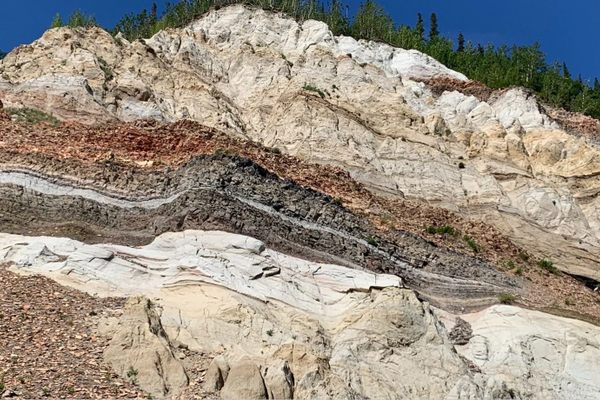The Afar Rift
An ocean in the making, in the Ethiopian desert.
Plate tectonics is not a spectator activity. The Afar Depression, for example, pulls apart at the staggering rate of less than an inch per year. Given 30 million years, however, even slow progressions such as this one can produce dramatic results.
The Arabian and African Plates meet in the Afar Desert in Northern Ethiopia, and in 2005 a 10-day period of seismic activity led to a 35 mile rift that is over 20 feet wide at certain points. The eruption of Dabbahu, a volcano at the northern edge of the rift, signaled the start of a series of volcanic breaches in the Earth’s crust that shot magma and clouds of ash into the sky and sent earthquakes throughout the region.
Researchers have taken particular interest in the Afar Rift because of new studies indicating that changes observed there mimic those that occur in ocean formation thousands of miles below sea-level. Indeed, it is now believed that within the next million years the Red Sea and Gulf of Aden will both pour into the Depression and meet, creating a new ocean in what is now desert.
Scientists hope that by studying the Rift they might gain insight into processes that have, up until this point, been shrouded in mystery. Activity in underwater mantle usually occurs too deep in the ocean to be monitored by current technology, and already the data from the 2005 eruptions have challenged theories as to how oceans were created.
















Follow us on Twitter to get the latest on the world's hidden wonders.
Like us on Facebook to get the latest on the world's hidden wonders.
Follow us on Twitter Like us on Facebook